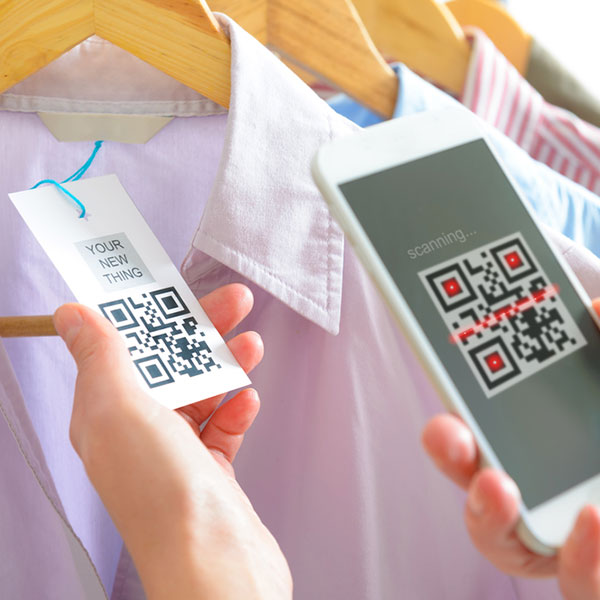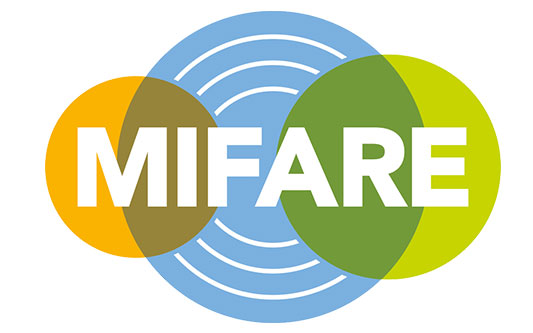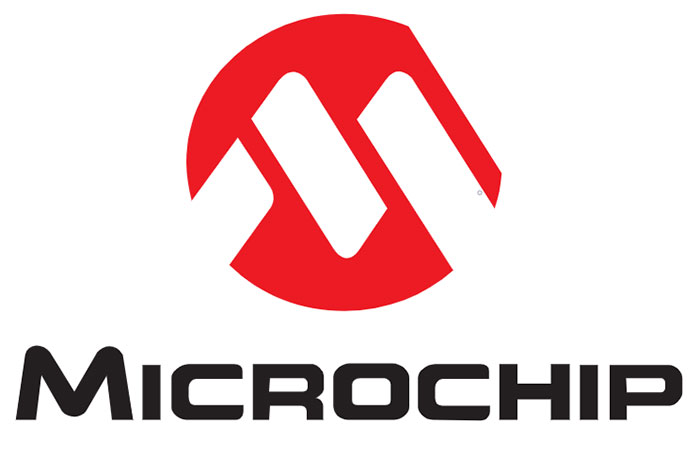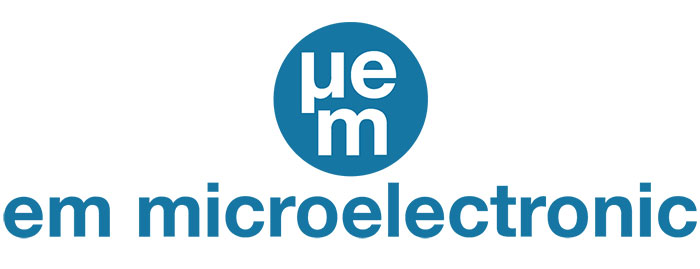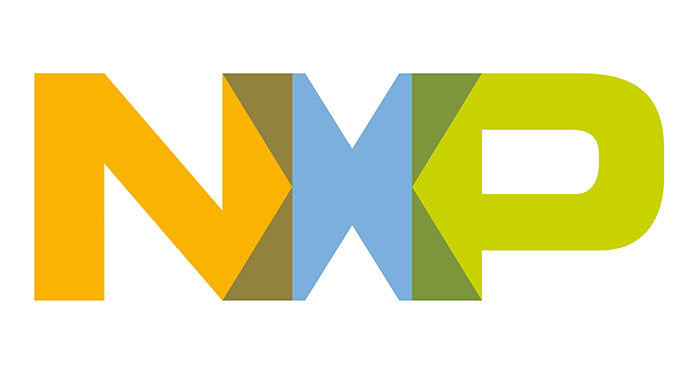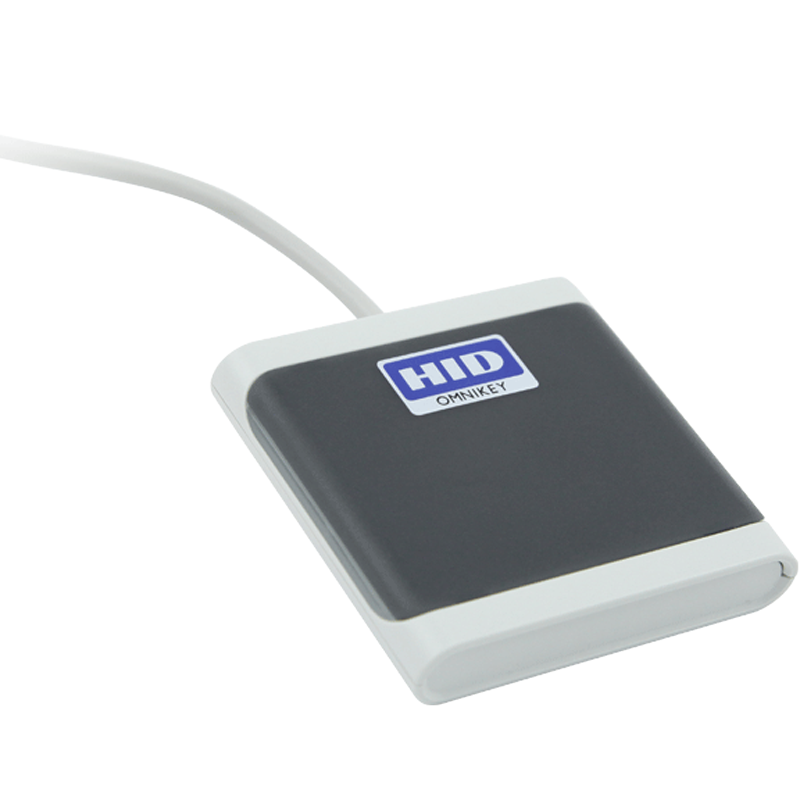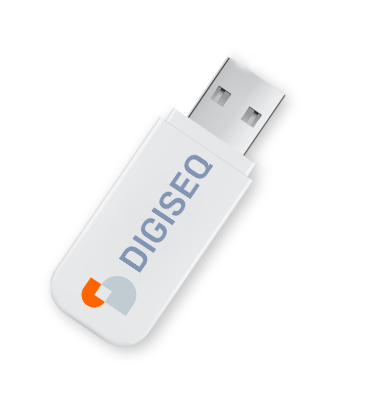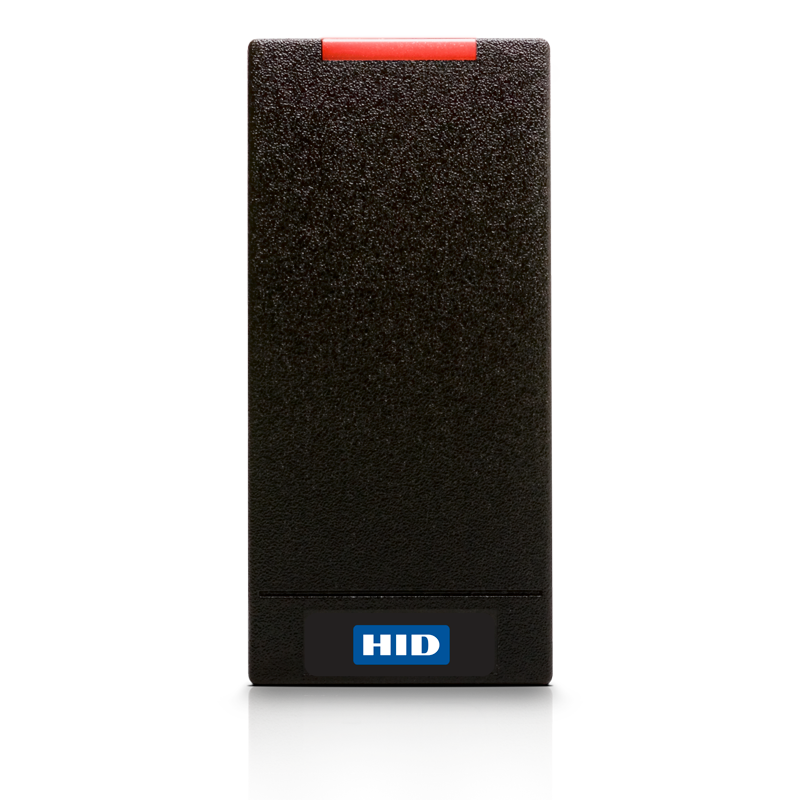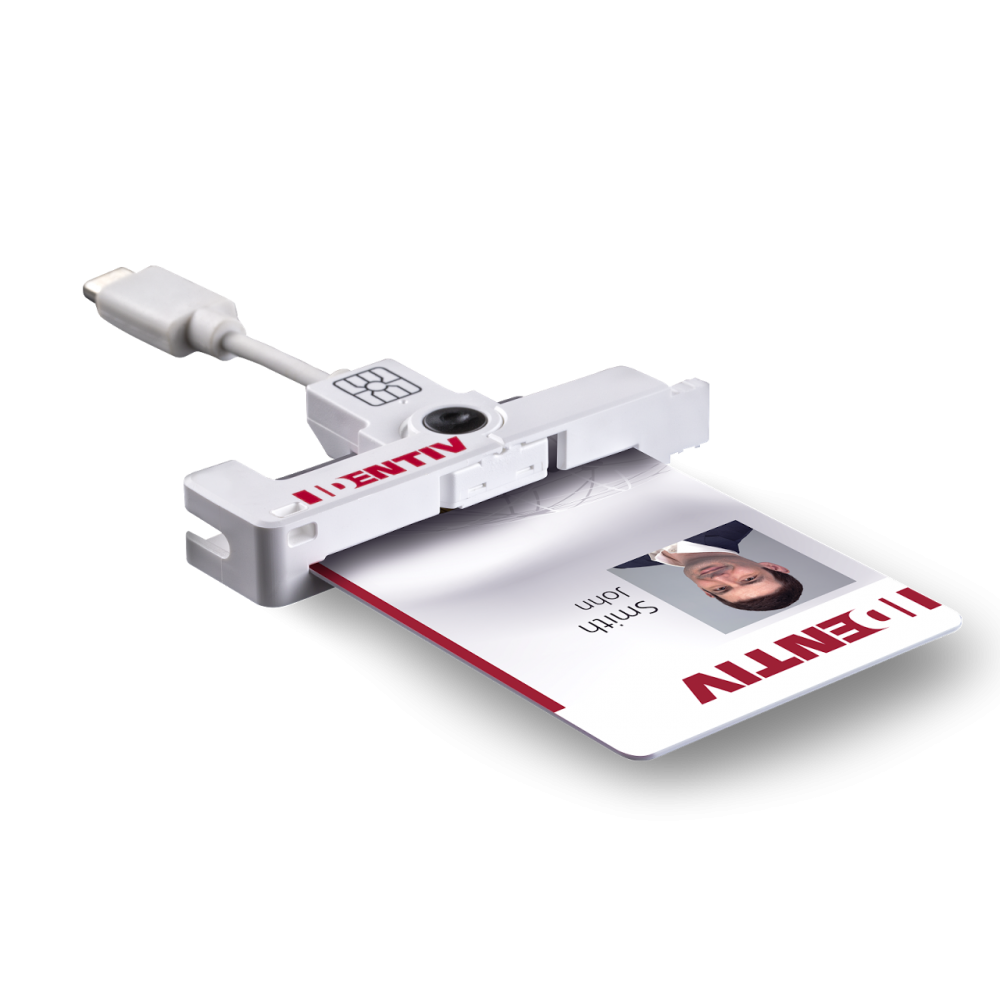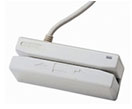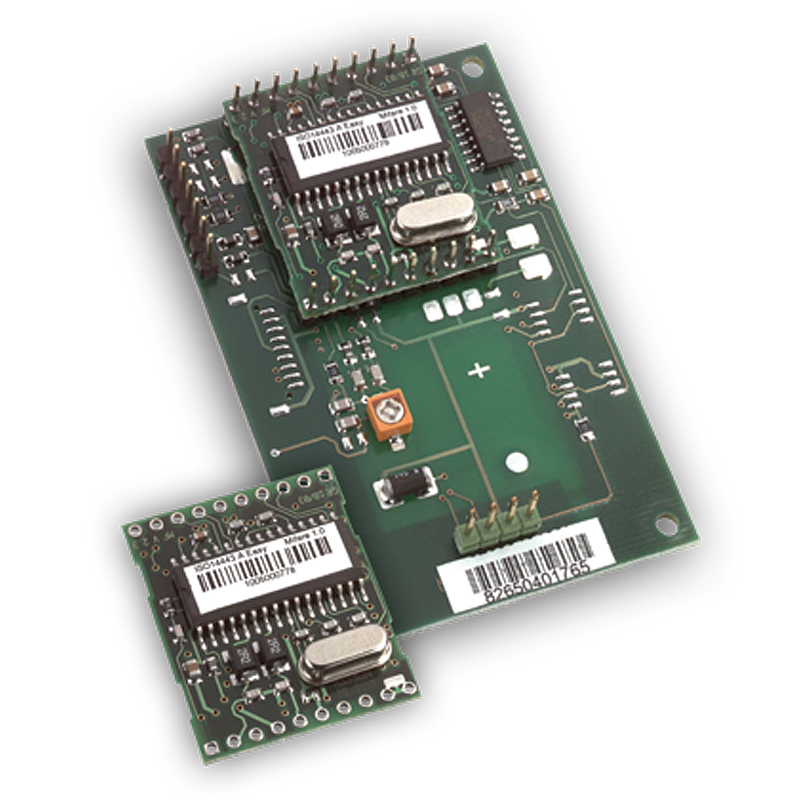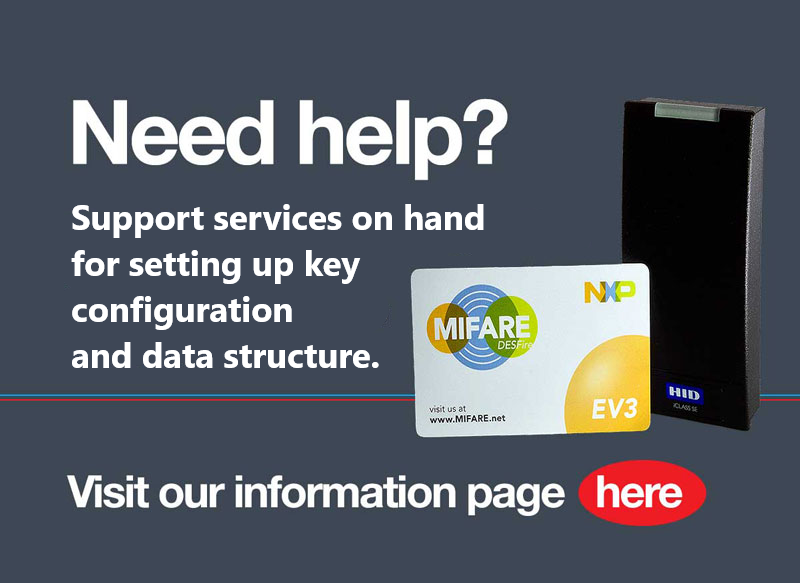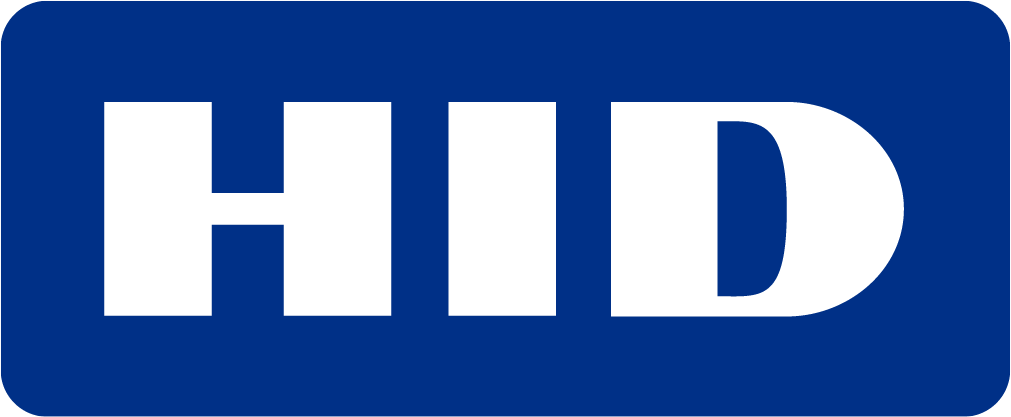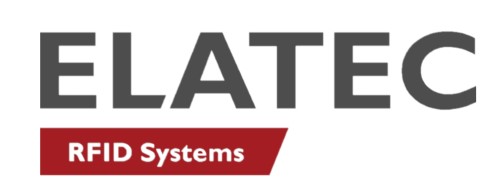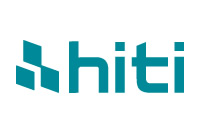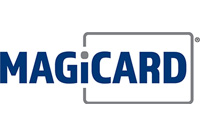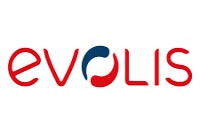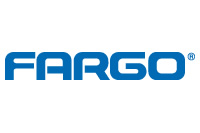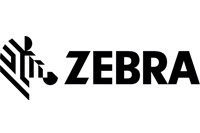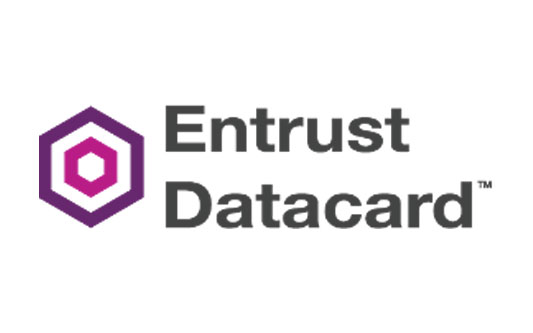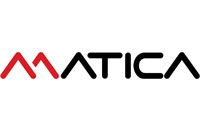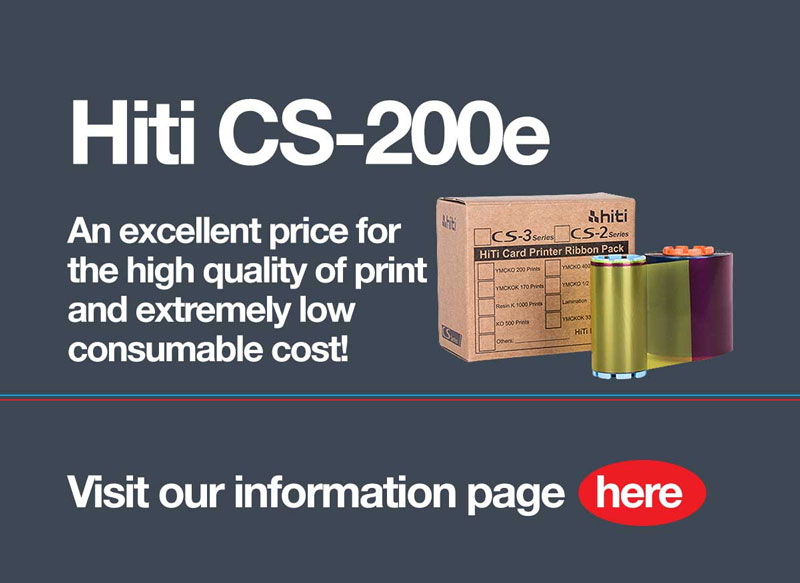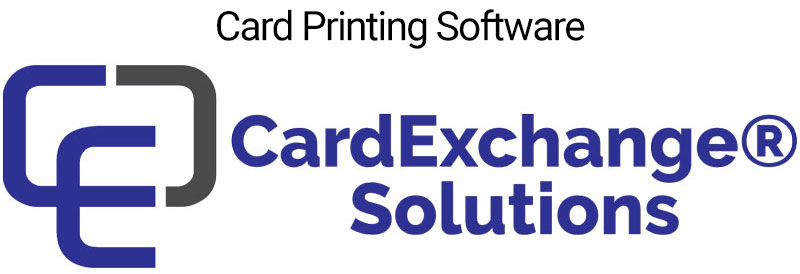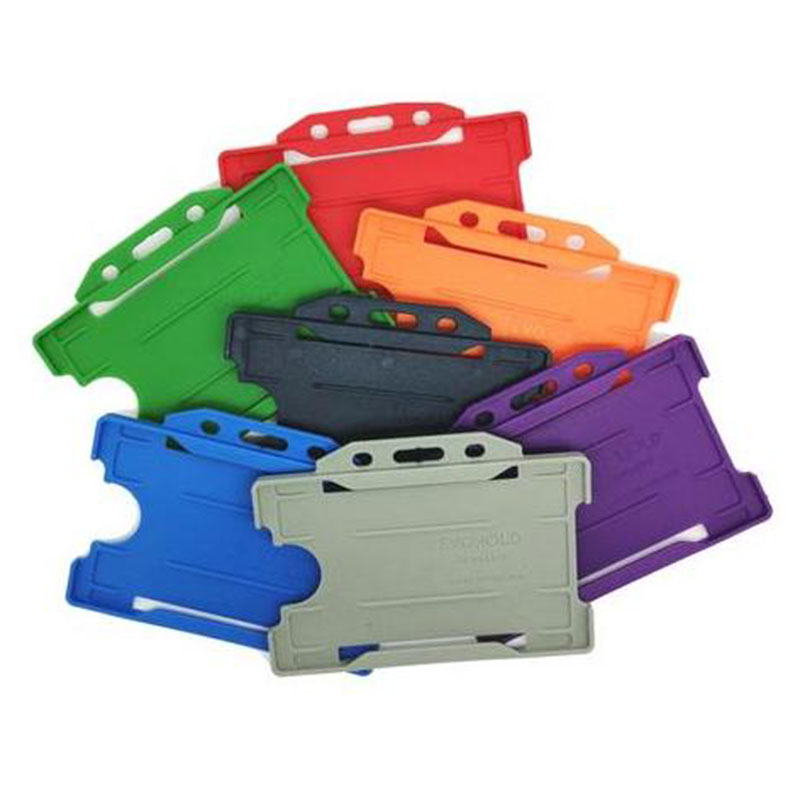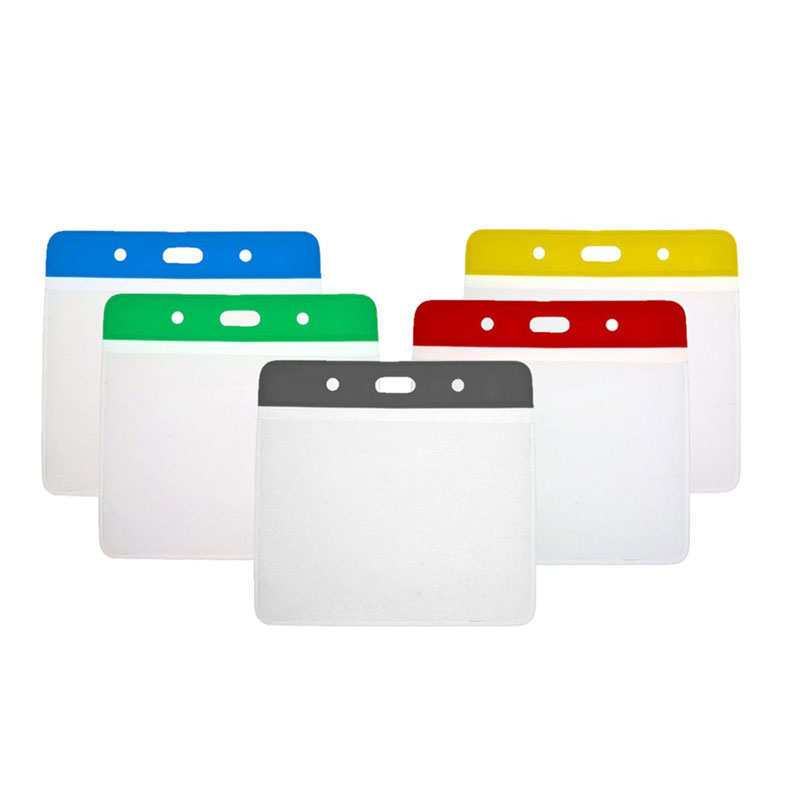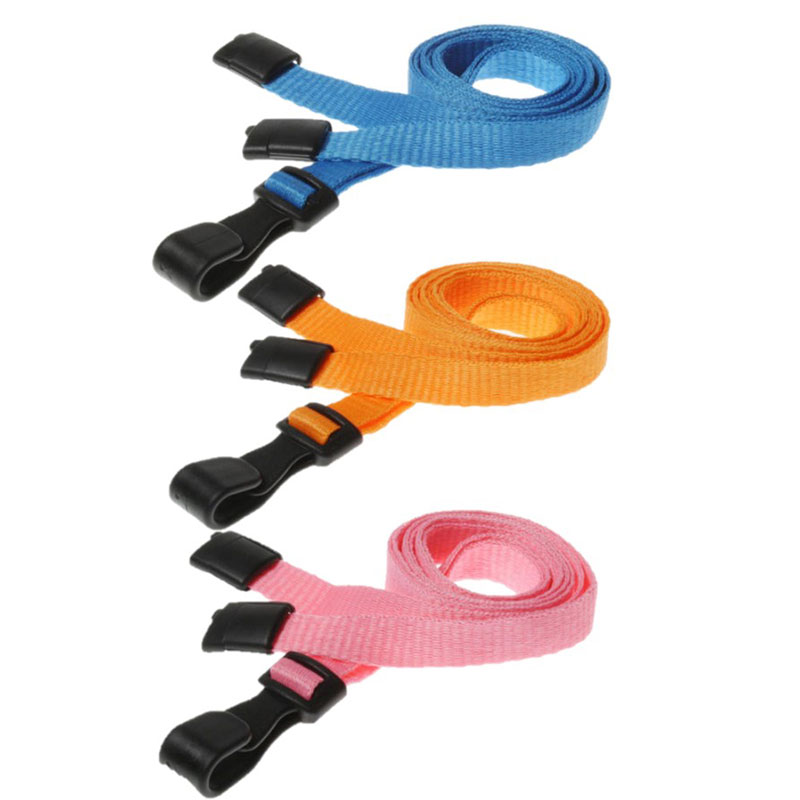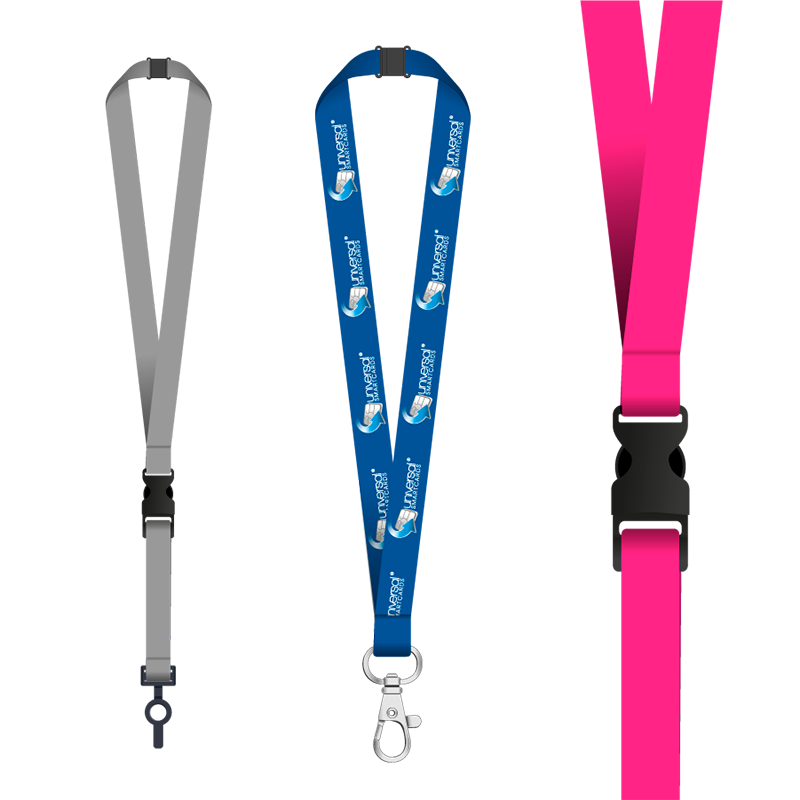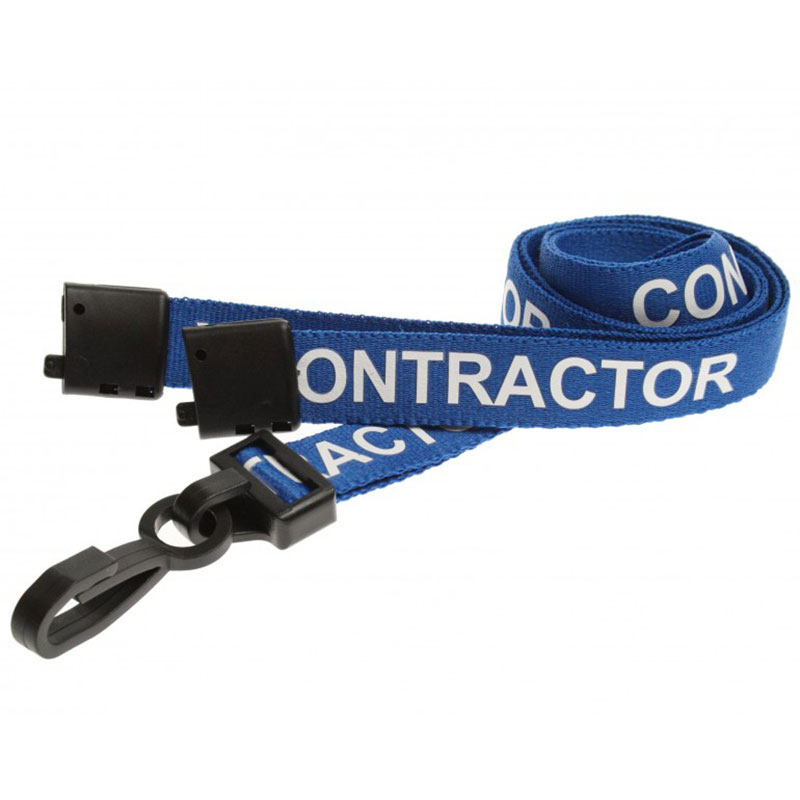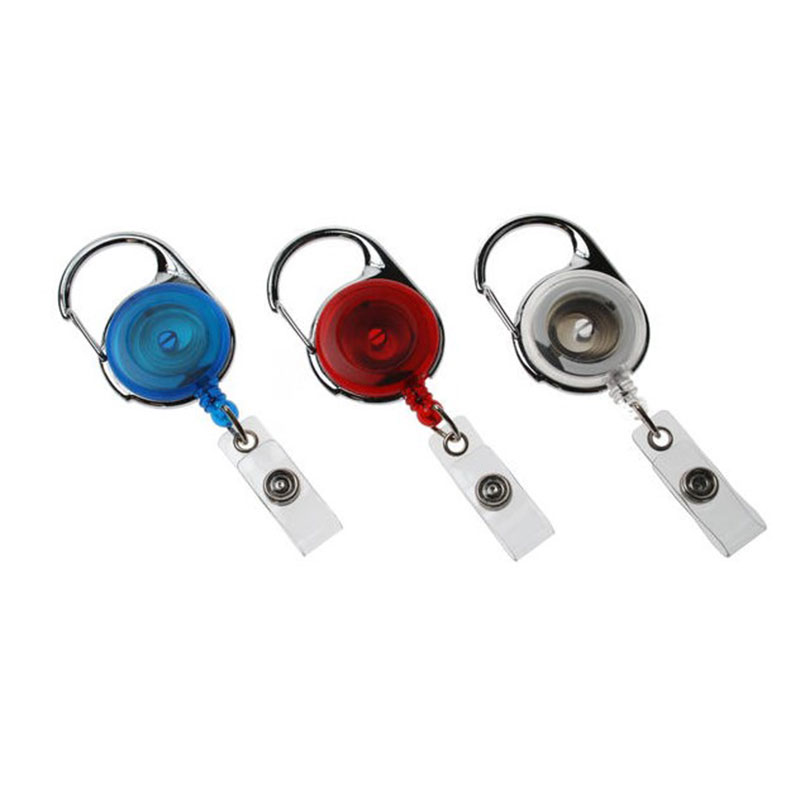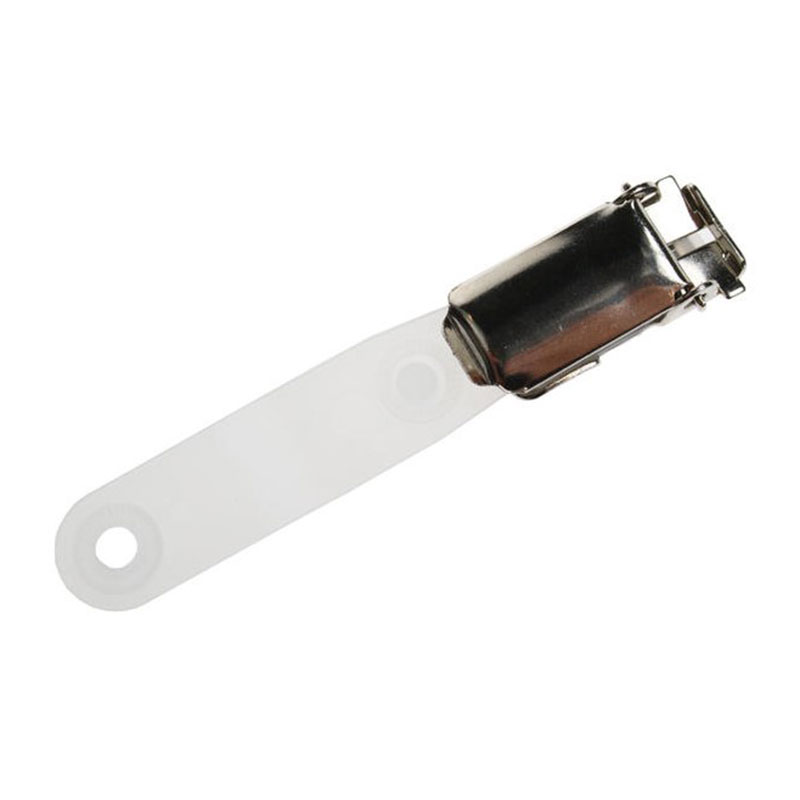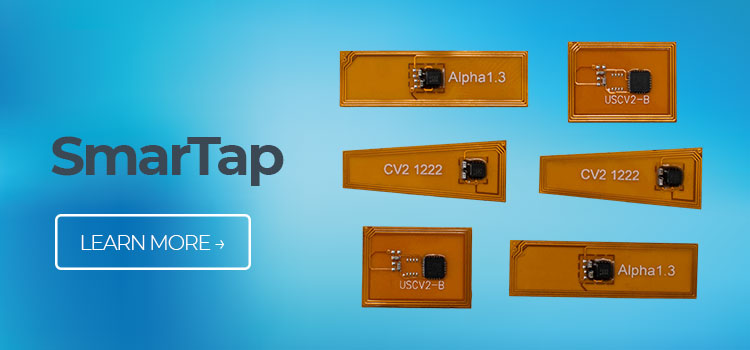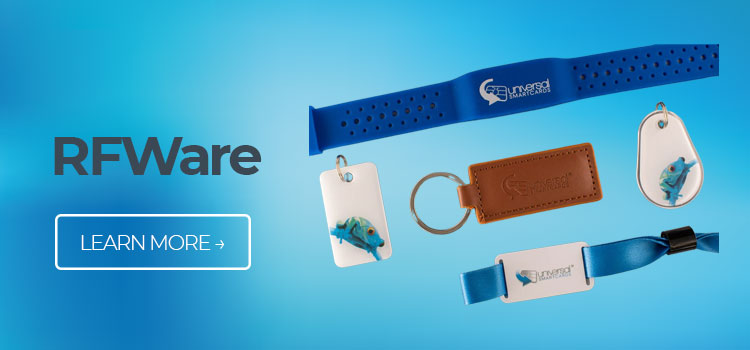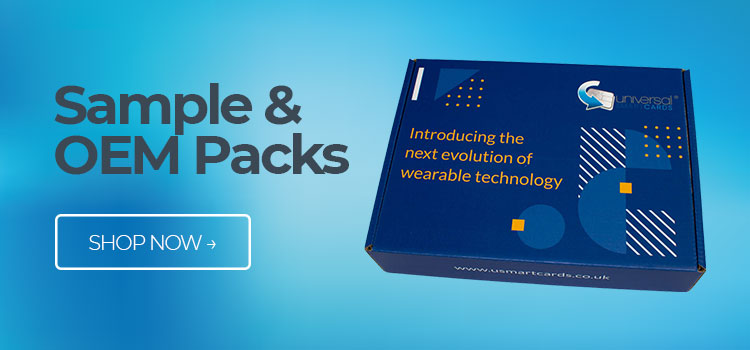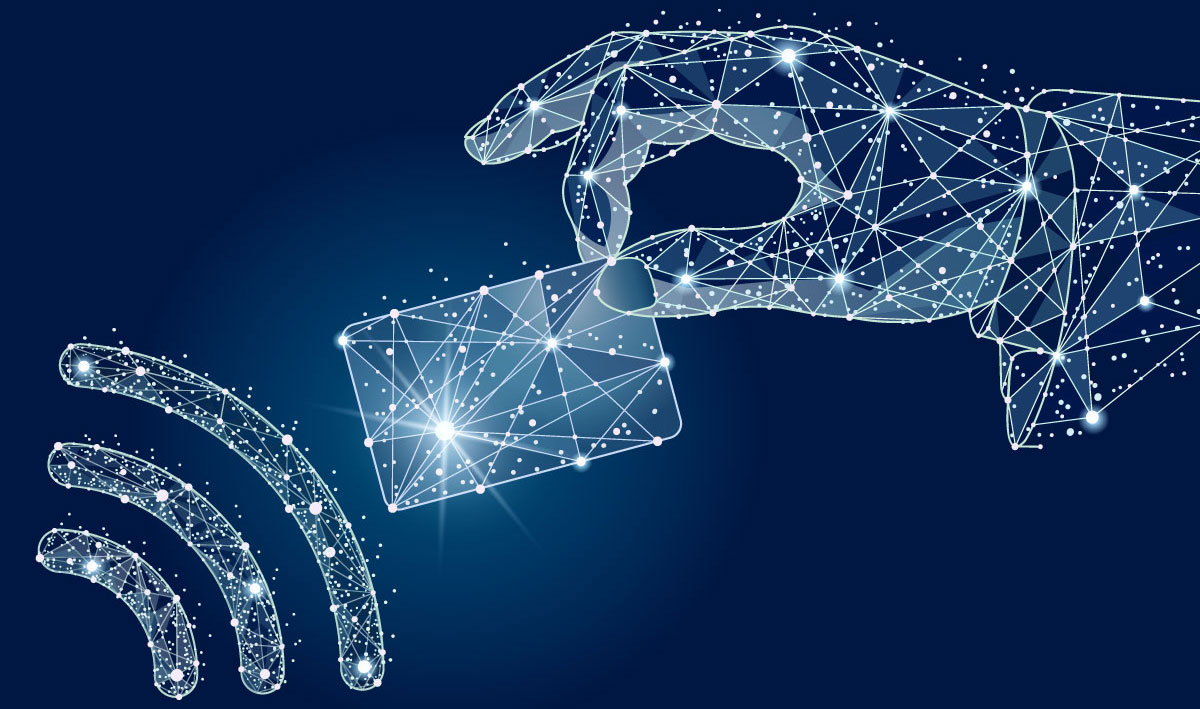
What is Near Field Communications (NFC)?
As the name suggests NFC is a short distance wireless communication technology that communicates using radio waves at 13.56Mhz with an approximate 4cm read range.
At least one device has to be active like a mobile phone, tablet or payment terminal that is powered with an external power supply, whilst the other can be another active or passive device; an example of a passive device would be an NFC tag.
The data exchange format on the card is called 'NDEF' (NFC data exchange format).
Universal Smart Cards can programme NDEF records to a card or tag enabling a card, tag or wearable to open websites, maps, emails, SMS and videos.
Although Near Field Communications has been developing on Android devices since 2012, it is the upgrade with Apple phones in 2019 that helped open up a range of new application possibilities with NFC. Most smartphones on the market are now NFC-compatible read contactless smart cards and can interact with NFC-enabled hardware.
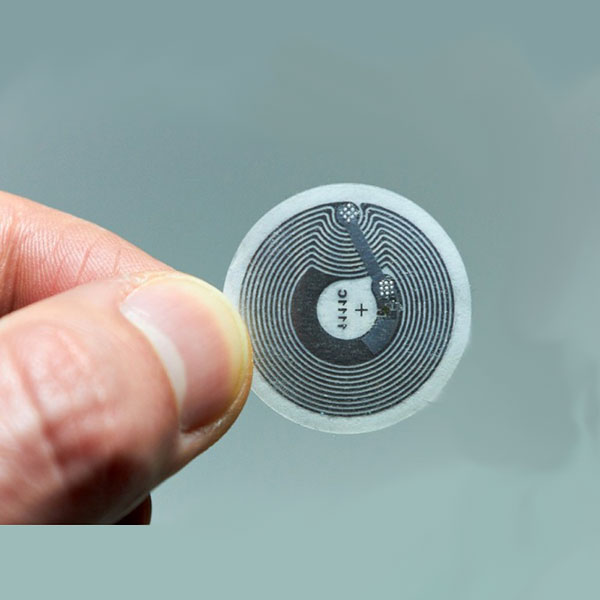
Is there a different way of using NFC?
There are three modes in the which NFC can be implemented:
1/ Peer to Peer - this is where two active devices, most commonly two mobile phones, communicate directly. File sharing is a good example.
2/ Reader/Writer - This is where an active device can read and write to a passive device like an NFC tag. The chip inside the passive device is powered by electro-magnetic waves that enable it to respond back to the device without the need for a battery.
3/Card Emulation - this is where an active device (normally a smartphone) acts passively like a tag or card. Google and Apple Payments on mobile phones are popular examples. The Bring Your Own Device (BYOD) philosophy has been coined for applications where customers and guests can now use their own phones.
Should you need more information on the standard, please click here.
What are the applications that excite Universal Smart Cards?
I am sure many people are aware of NFC in their day to day life such as pairing their headphones, making payments with Google Pay or Apple Pay but there is also a wave of opportunity with Reader/Writer applications. It is these applications that excite Universal Smart Cards because NFC technology enables smartphones or readers to open the gateway to encoding and reading from NFC tags and cards.
This means low cost, ordinary objects like passive tags and fobs can create a wave of connectivity and opportunity in this space. This is something Universal Smart Cards can help you having supplied these types of passive devices for over 20 years.
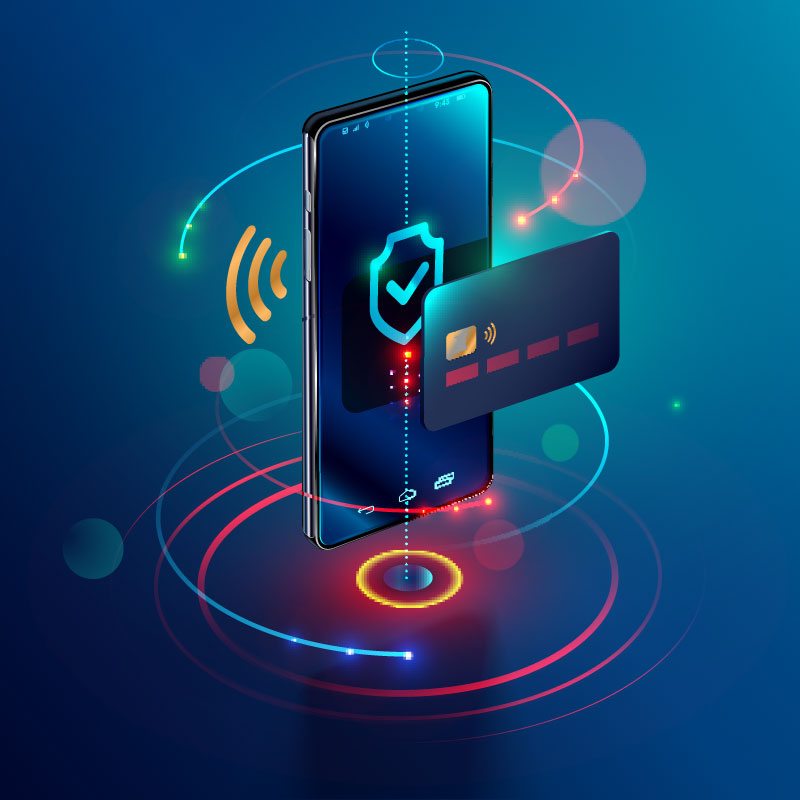
How does Secure Unique NFC work (SUN)?
With the launch by NXP Semiconductors of their new NTAG 424 DNA and NTAG 424 DNA Tag Tamper tags this enables higher levels of security with standards-based AES-128 encryption for authentication and secure messaging. SUN is an embedded authentication that means every time a tag is tapped it generates an authentication message which is turned into a tap-unique URL. This is read by an active device such as an NFC enabled smartphone and sent to a server for secure tag and message authentication.
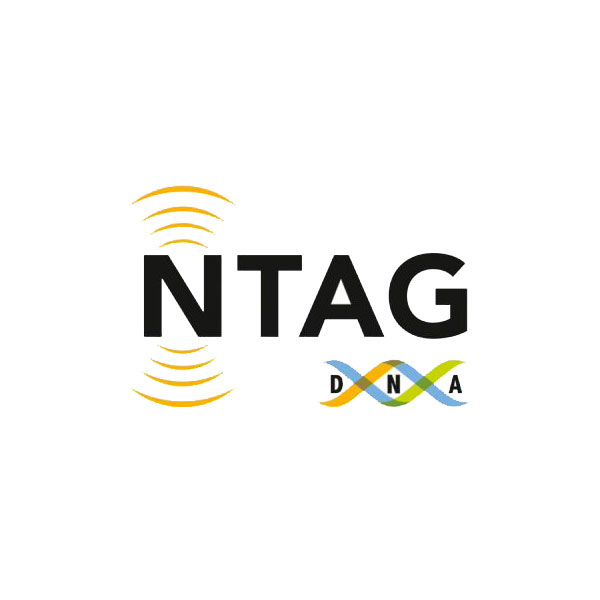
This will then retrieve either a positive or fraudulent verification result. The Tag tamper contains a tamper loop to detect whether it has been abused or opened before the sale. For brands looking to fight counterfeit and grey market activities but at a very low price point and in a secure manner, they are an excellent solution.
Universal Smart Cards can supply you with next day delivery as we keep these on stock.
What are the user cases that Universal Smart Cards can help you with?
Some of the more popular applications we supply into are:
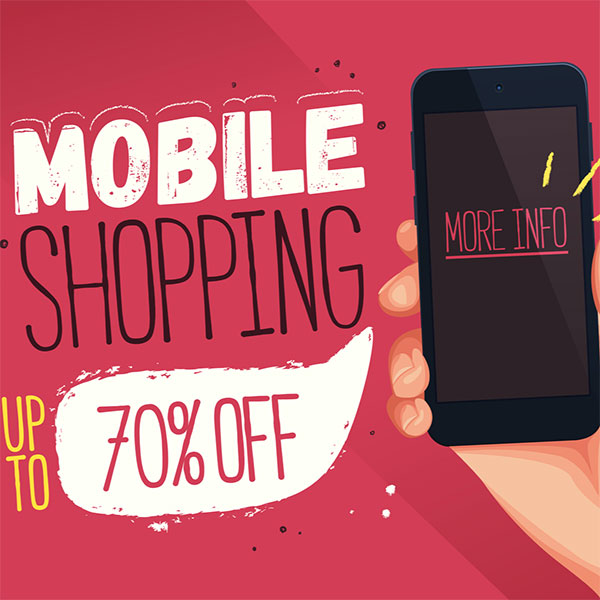
Interactive posters and POS stands - Self-adhesive tags that can be applied behind a smart poster or stand, for example, so a video or marketing message can encourage the reader/listener to tap their smartphone to retrieve the full promotion, content material or latest news and services to their phone. Universal Smart Cards can personalise and encode these tags using our high quality Mimacki printers in tandem with our encoding rigs.
Business cards - Universal can encrypt user details to NFC cards so they can be tapped on a smartphone to be added to their address book. Again, we can help you personalise these if need be.
Industrial systems - opportunities are endless but an example would be tapping an NFC tag at home that can change your ambient lighting or temperature or perhaps even unlock the door.

Healthcare - there are various opportunities to use NFC for taping a wristband on a patient, for example, and reading their patient history and updated notes.
Libraries - low-cost tags can be added inside books and easily scanned in and out using a phone, reader, or terminal.
Personal usage - NFC can be used in routine life using tags to change settings on your phone, they may turn on Bluetooth or Wifi, open an app or a game, or put your phone on silent when you don’t want to be disturbed.
Marketing information - tags are now being to custom-built products to allow their customers to access additional information on warranties, instructions for use, cross selling ideas and further information and documentation.

Product authentication - With authentication like SUN (as explained above) NFC labels can be used to verify the authenticity of what you are buying and send further information on the product to a consumer’s phone.
Customer Loyalty Cards - Universal can encrypt an NFC card, for example, so that on the tap of a customer card to their smartphone it will direct them to the website for that brand or service provider. Here the customer, with additional verification if needed, can check any balances or promotions when in store.
Donations and Charitable gifts - An NFC tag can be set up, for example, to direct doners on their phone to a portal where they can choose a donation amount and make payment.
Can Universal Smart Cards provide NFC readers?
Yes, Universal Smart Cards is a major distributor for Omnikey, Identiv and ACS readers and desktop, OEM and Portable devices can be found in our online shop.
What is the difference between NFC and RFID?
RFID has three main frequencies operating at low frequency (125kgz), high-frequency (13.56Mhz) and ultra-high frequency (840-960Mhz). NFC is like high frequency as both operate at the same band. However, with RFID there is only one-way communication between the device and the tag. With NFC you have peer to peer communication, as explained above, between two devices affording more flexibility
How do QR codes compare with NFC tags?
Although QR codes are cheaper than NFC tags the user experience needs to be considered as part of the brand experience. QR codes would demand the user to open their camera or an app on their phone and spend time focusing on the barcode. With an NFC tag, a simple tap on the phone is all that is needed and so the access time and overall user experience is so much quicker and easier. A QR code is also vulnerable to dirt which reduces the first-time pass rate, whereas a tag is contained within its packaging. You may also want to recycle tags and re-encode them whereas barcodes are static and cannot be reprinted.
Further Support?
If you need further help or support on contactless, RFID or NFC tags then please give us a call. There are enormous possibilities to unleash the power of NFC and we would be happy to help you.
